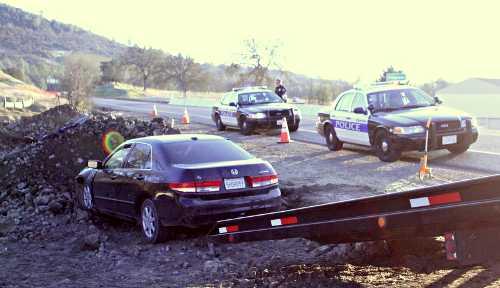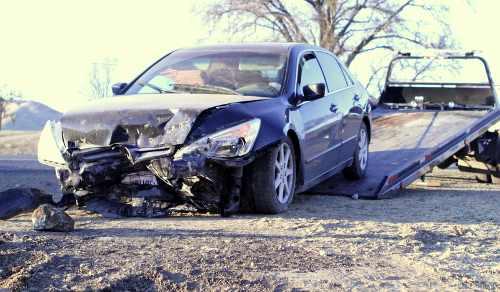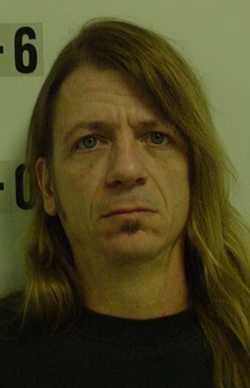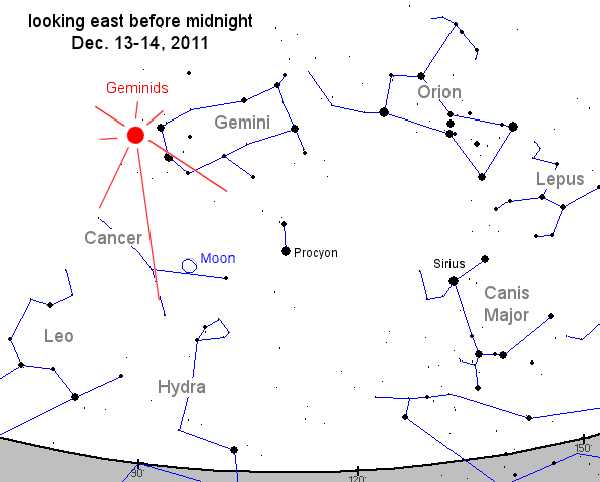- Elizabeth Larson
- Posted On
Jury acquits man accused of abusing teen
Mark Knaup, 52, who took the stand during his trial, had faced four felony counts of lewd and lascivious acts with a child and one count of sexual penetration with a victim under 16, according to Deputy District Attorney Ed Borg.
“We’re thrilled with the verdict,” said Knaup’s attorney, Stephen Carter of Carter & Carter in Lower Lake.
Carter added that Knaup was grateful for the verdict as well.
Knaup did not respond to messages Lake County News left on Wednesday seeking comment.
The trial included three days of testimony before it wrapped up on Wednesday, Borg said.
Borg said they delivered closing arguments and jury instructions on Wednesday and handed the case over to the jury, which he said was only out about an hour.
Afterward, he said jurors indicated that they weren’t sure of exactly what happened based on the evidence presented. He said that uncertainty is the definition of reasonable doubt, so they did the right thing in making the acquittal.
Knaup was arrested in April 2009 after his girlfriend’s then-15-year-old daughter accused him of fondling her several times in late 2008 and early 2009, Borg said.
Carter said the defense was a complete denial of the charges. “When we pled not guilty we meant it.”
The defense pointed out what they believed were serious conflicts in the teen’s story, but Borg countered, “There were discrepancies but I wouldn’t characterize it as telling different stories.”
A challenge for the prosecution was that there was no physical evidence. “It rises and falls on the credibility of the victim. That makes it difficult for juries,” said Borg.
Testifying for the prosecution were two witnesses, the alleged victim, now 18, and a doctor who discussed Child Sexual Assault Accommodation Syndrome, which is a therapeutic tool used to explain why sexual assault victims don’t always immediately report abuse, Carter said.
“I cross-examined the doctor who testified and got him to confirm that this does not take into account those allegations,” said Carter.
As for his approach to cross-examining Jane Doe, Carter said his approach was to be respectful. “It’s always challenging.”
Borg credited Carter with doing a good job with the case and with the cross-examination in particular, noting that there is a fine line between badgering a witness and getting the facts.
Knaup also took the stand, which Carter said he felt would be a good idea, and Knaup agreed.
“I thought he did well,” said Carter. “It’s difficult for someone who’s never been charged with a crime like that to go up and get cross-examined.”
Knaup testified that the teen, whose mother he had dated, was motivated to make the allegations because she wanted him out of the picture. Carter argued that there appeared to be a design to lie in order to get what the teen wanted.
“There was evidence that the mother in the family often relied on Mark to help her be more consistent in terms of enforcing the rules,” said Carter, adding that the teen had been at risk of losing her car over violating such rules of behavior.
Carter also presented to the court a letter that Knaup received from the teen a few months before the first allegation in which she confessed to a pattern of lying.
“We were able to present that to the jury to help explain why there was such a doubt as to Jane Doe’s credibility,” he said.
E-mail Elizabeth Larson at This email address is being protected from spambots. You need JavaScript enabled to view it. . Follow Lake County News on Twitter at http://twitter.com/LakeCoNews, on Tumblr at www.lakeconews.tumblr.com, on Google+, on Facebook at www.facebook.com/pages/Lake-County-News/143156775604?ref=mf and on YouTube at www.youtube.com/user/LakeCoNews .

 How to resolve AdBlock issue?
How to resolve AdBlock issue? 









